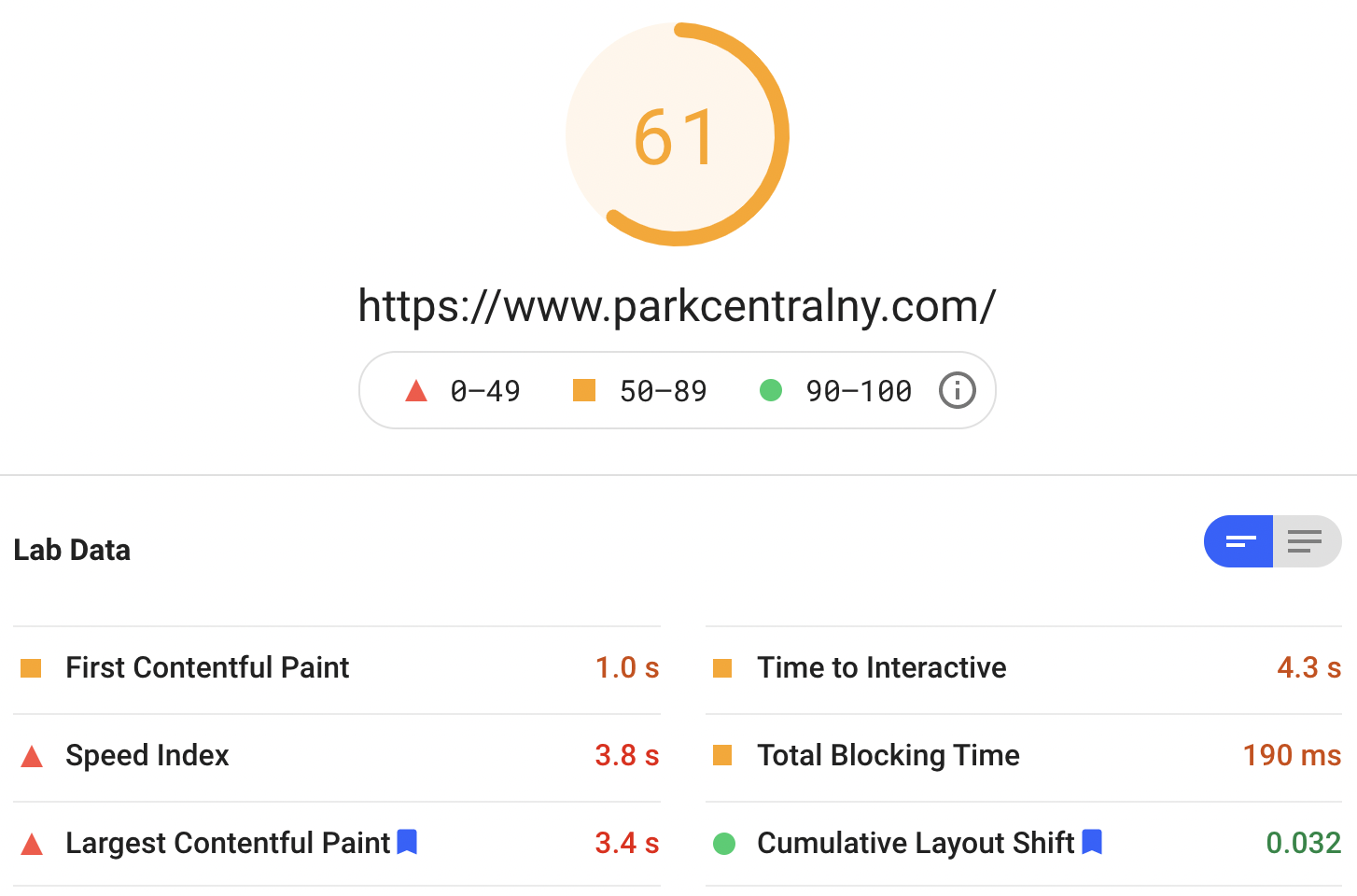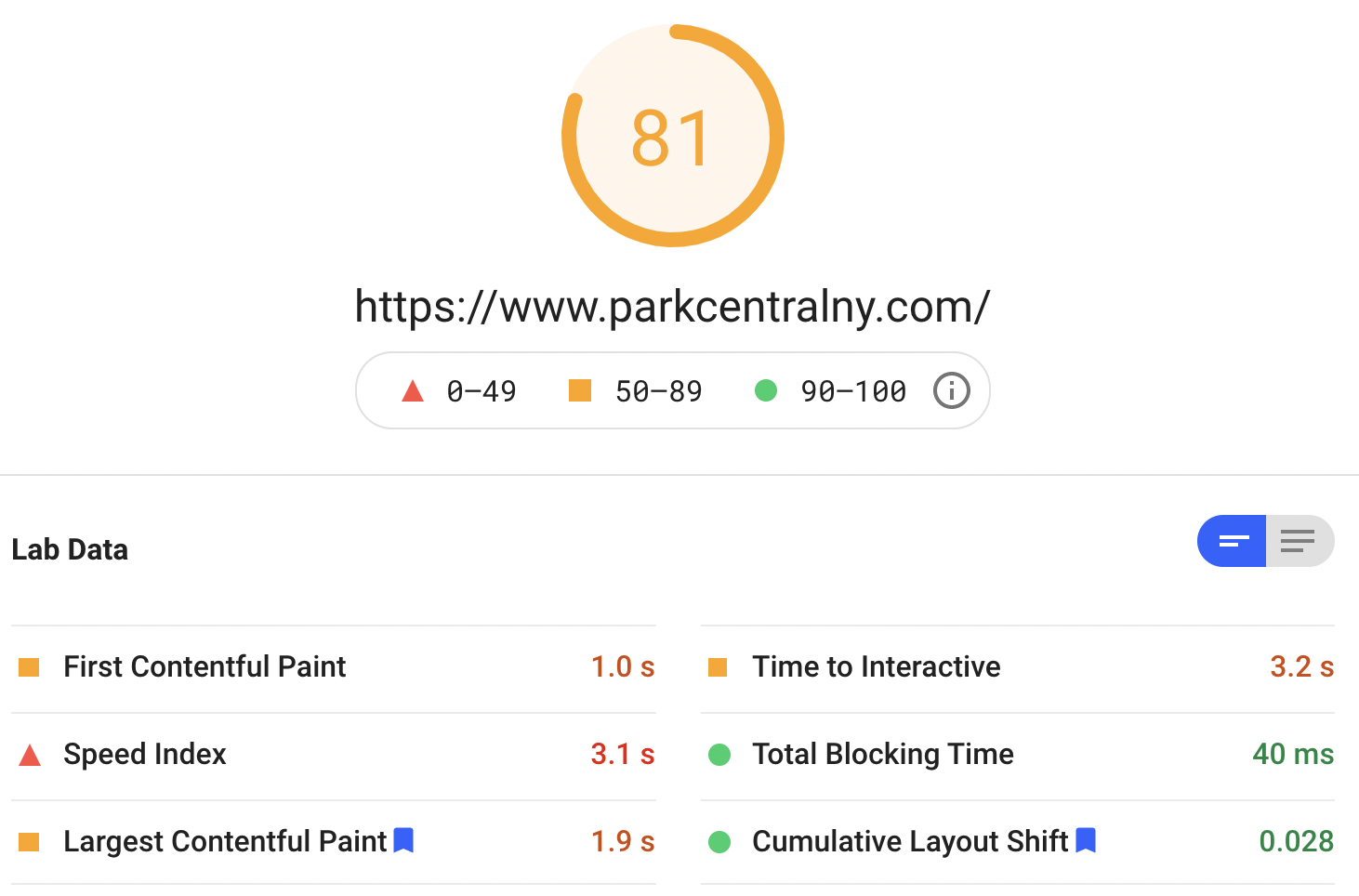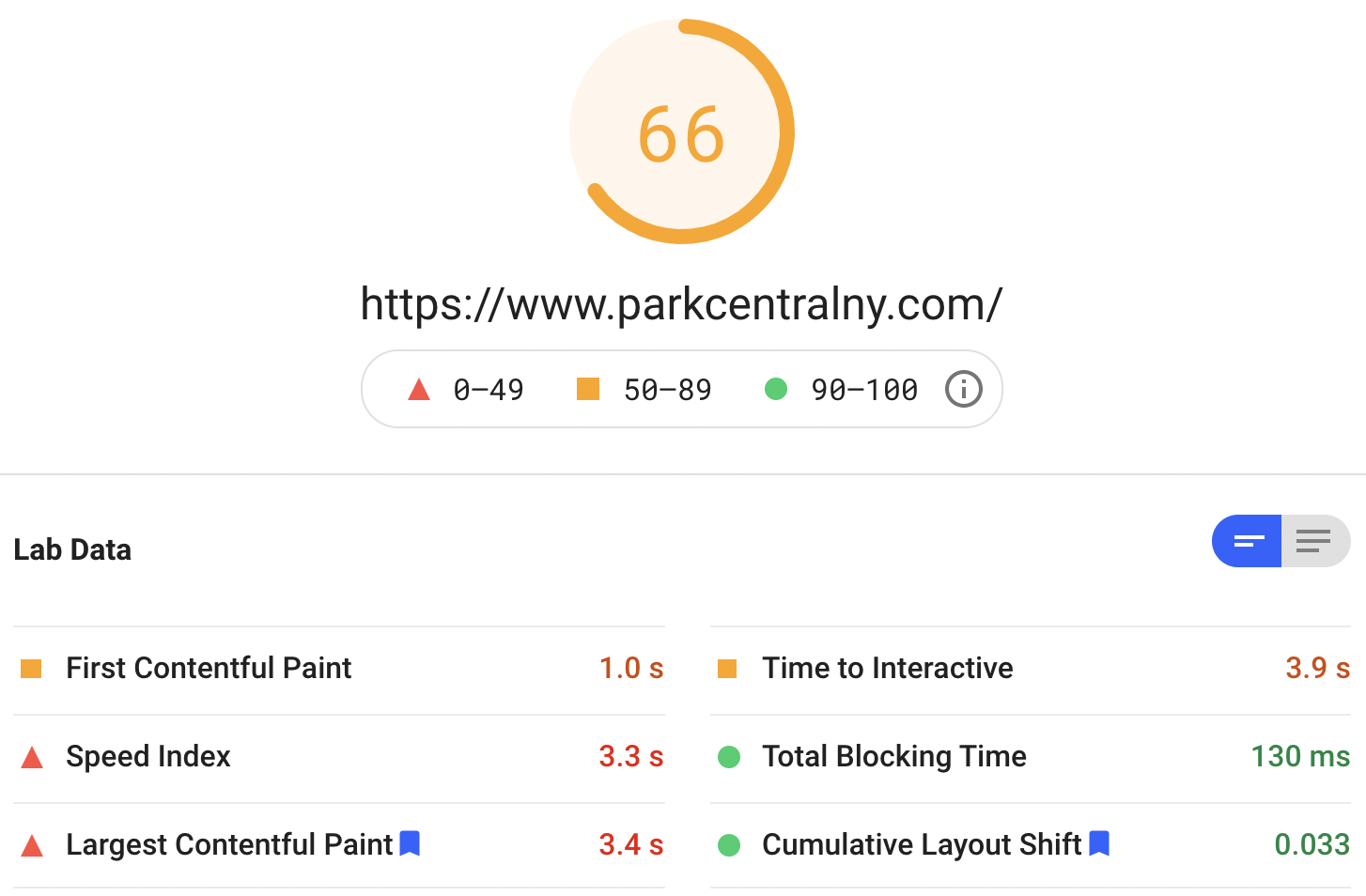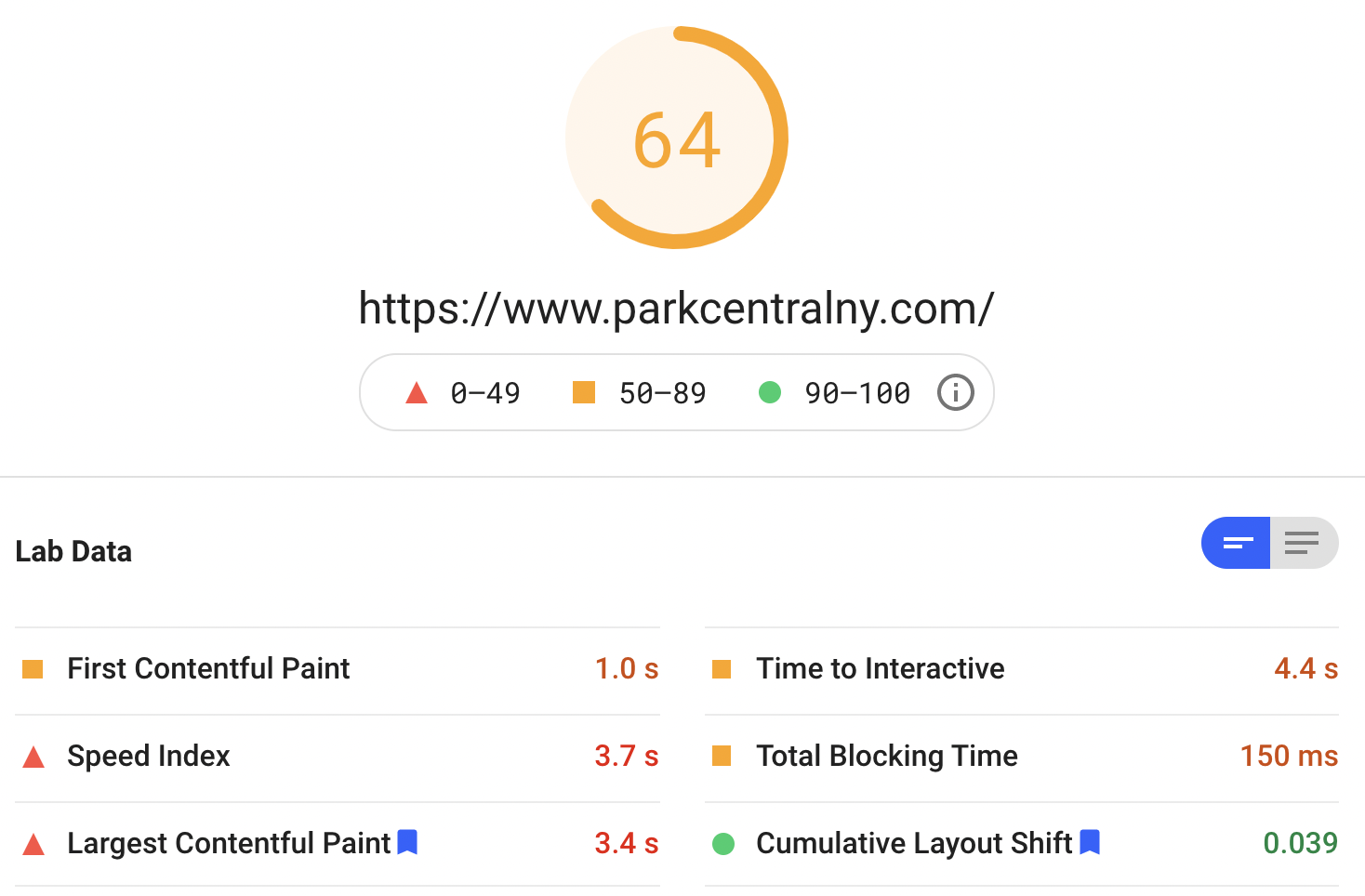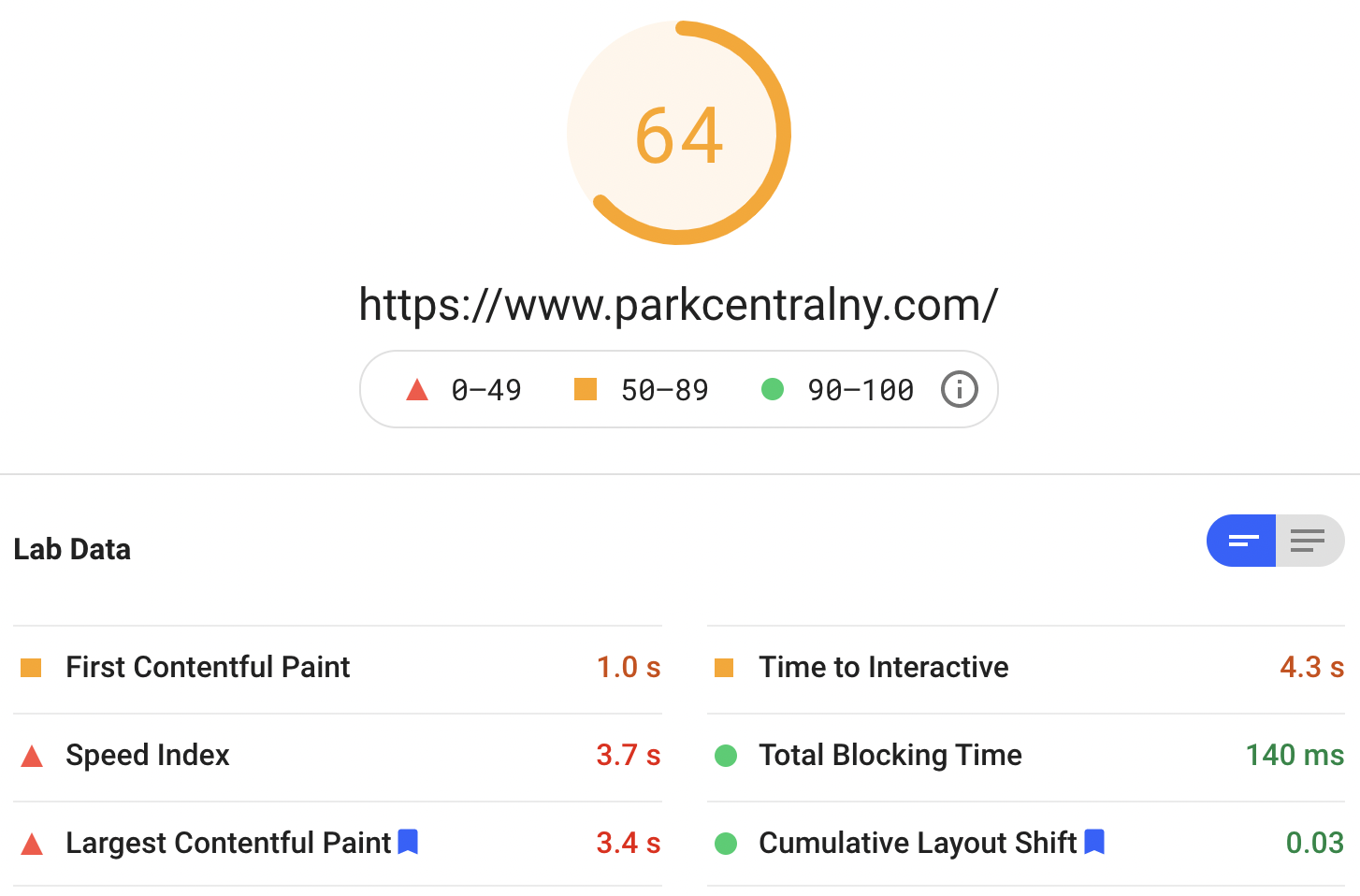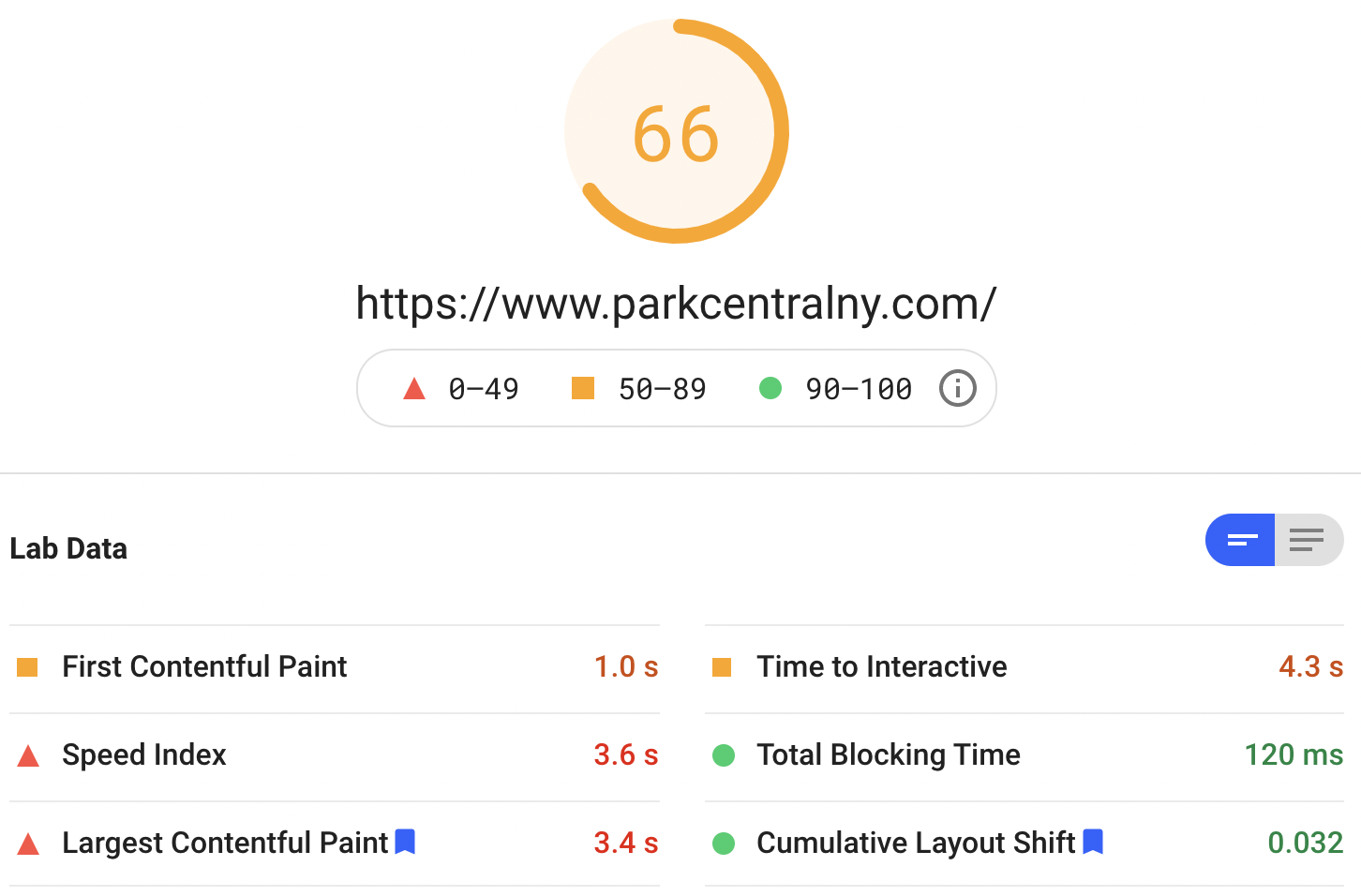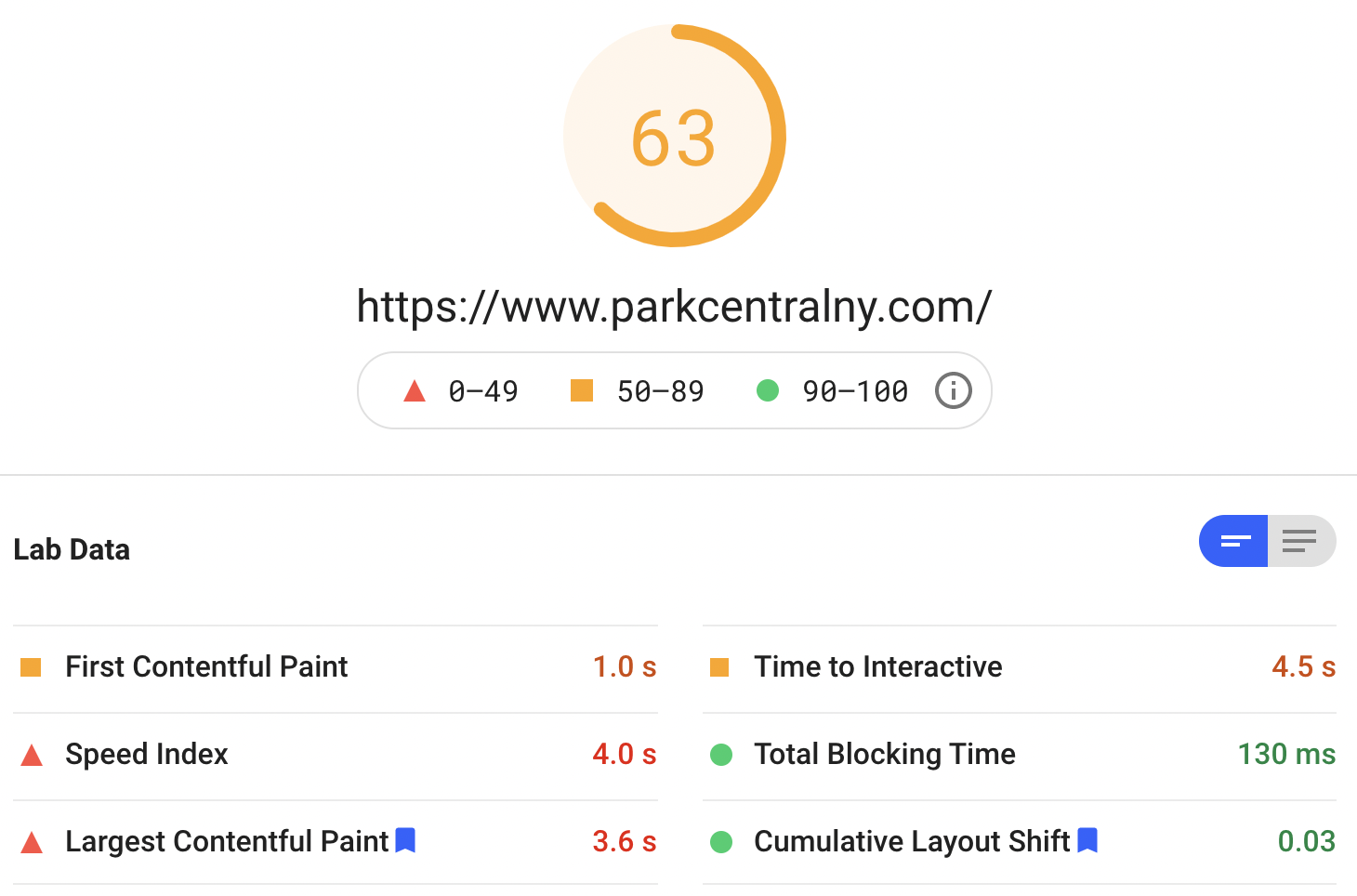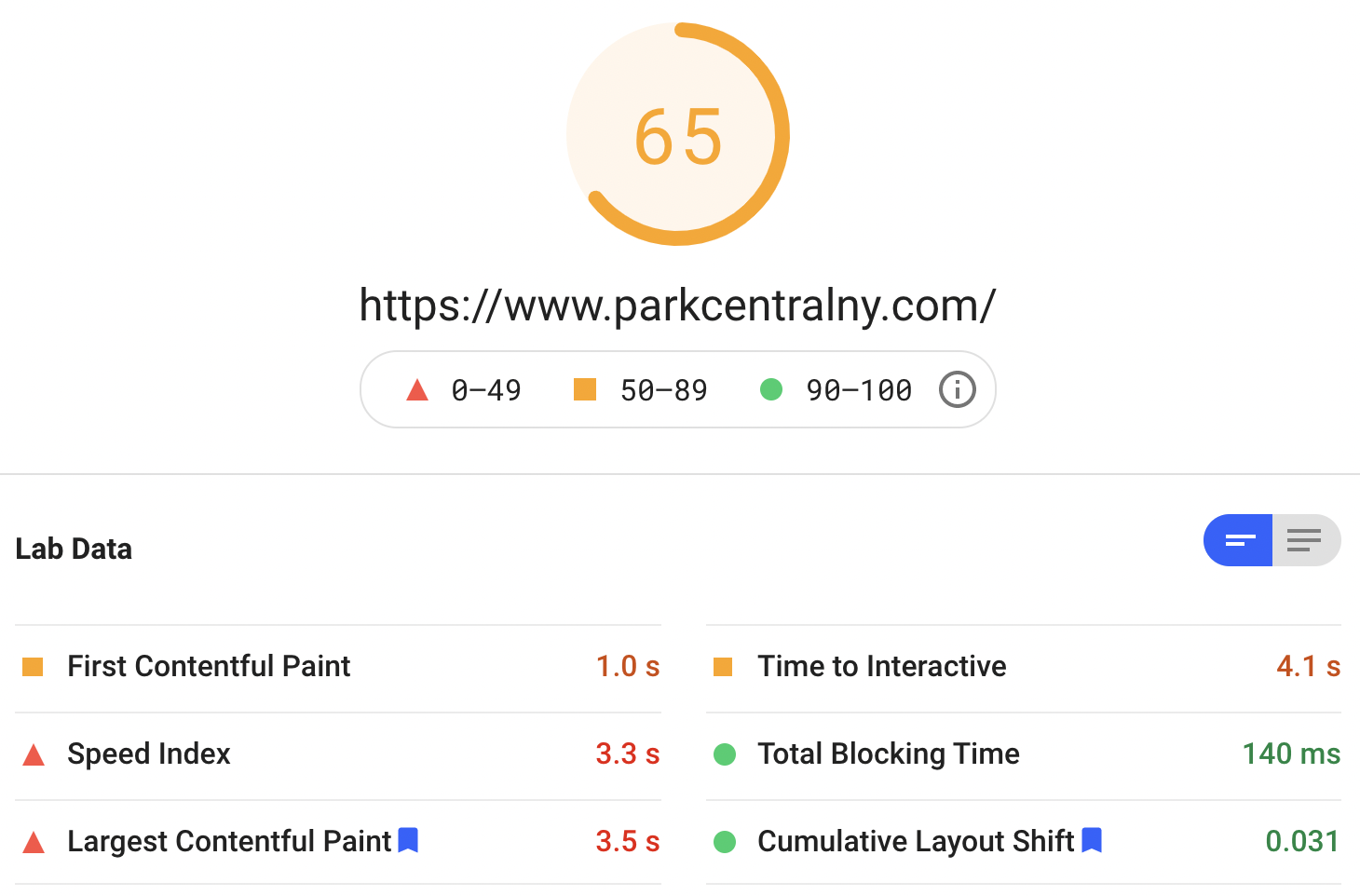case study: third-party trackers impact on site performance

Chantel Keith
3 minutes
Last Updated: June 2, 2021
what is the potential cost of your consumer’s data?
It’s no secret that site speed plays a huge role in determining how successful your website and business will be online. From traffic to sales, you could be severely limiting your business’ full potential in terms of revenue and performance by overlooking the optimization of your website. Walmart found that for every 1 second of improvement time, they got a 2% jump in conversions. Now getting that great PageSpeed Score and optimizing isn’t an easy feat in the modern days of the internet, especially with our heavy reliance on data for our decision making.
Many companies rely on third-party partnerships to track, monitor, and enhance their website’s revenue and performance; they do this by adding pixels to the website. Pixels are small dots that can be tracked and provide data back to the website owner. However, this can be a double edged sword. We’ll explain why by using a client’s website that is half a decade (okay that’s 5 years) old.
Auditing the website, we found the following marketing tags & pixels:
- TripTease
- Stay Wanderful
- Adroll
- Adwords
- Click Guardian
- Sojern
- Microsoft Clarity
That’s 8 different pixels to load. And don’t be fooled by the word ‘pixel’ because that small thing can pack a BIG load. Now we’ll run the test and start off with the baseline score.
baseline performance with third party tracking pixels
We have a low 63 performance score made up of a First Contentful Paint of 1.0s, a Speed Index of 4.3s, a Time to Interactive of 4.5 seconds, a Largest Contentful Paint of 3.5s, Total Blocking Time of 200ms and a Cumulative Layout Shift score of 0.029. Each of the lab data metrics makes up a different percentage of the overall performance score, with Largest Contentful Paint making up 25% and Total Blocking Time making up 25% as well. You can learn more about Google’s PagesSpeed Insights and what the metrics are quantifying in another of our recent articles.
Next, we’re going to remove each pixel and run the test to see how each individual marketing pixel affects the overall performance of the website.
performance without each third party tracking pixel
TripTease Pixel
Stay Wanderful Pixel
Adroll Pixel
Click Guardian Pixel
Sojern Pixel
Facebook Pixel
Adwords Pixel
Microsoft Clarity Pixel
As you can see, the individual performance scores and times vary with each pixel. Stay Wanderful appears to be causing the greatest hinderance to performance, seeing as our page speed score jumps from 63 to 81 without it on the site. That’s a GPA of a D to a not so bad B-! We can also see our two most important metrics, Largest Contentful Paint and Total Blocking Time improve by 2 seconds and 160ms, respectively.
On the other hand, TripTease seems to have very little impact on the website performance. Removing this pixel from the site only improved the performance score by 2 points, meaning it’s only adding approximately 10ms to the Total Blocking Time and .1s to the Largest Contentful Paint time.
And then comes the big one, what if we removed ALL the marketing pixels? Well, I don’t think anyone is surprised to see that the performance score increases to a whopping 86.
performance without third party tracking pixels (except GA)
In sum, before you believe these third party applications are helping you get new clients, the industry data says it comes at a cost. Cloudflare postulates that this slow loading website case study has a conversion rate of <.06 and that by removing their pixels, they could get that up to almost 2%. And remember that statistic at the beginning of the article? Well, if Walmart says that their conversion rate increased 2% for every second increase in page load, that means in this case study our test website, with a Time to Interactive opportunity of 4.5 seconds would see a 6% increase in conversions. Can your marketing pixels say the same?
* How Website Performance Affects Conversion Rates
* How Does Web Page Speed Affect Conversions
More
insights
Lorem ipsum dolor sit amet, consetetur sadipscing elitr, sed diam nonumy eirmod tempor.
©2025 300FeetOut All Rights Reserved | Privacy Policy
